#SouthKorea
Junkyard Find: 2002 Daewoo Nubira SE Sedan
After 16 years of writing about junkyard vehicles, I've come to appreciate the marques that have so few models sold in the United States that I can capture the entire span of their offerings in the automotive marketplace, just by visiting my local Ewe Pullets enough times. Daihatsu sold but two models here. Sterling had two. Merkur also had two. Daihatsu, however, sold three car models during its three years in the United States. We saw a discarded example of the entry-level Daewoo subcompact, the Lanos, a couple of months back. Five years ago, we admired the Daewoo luxury sedan, the Leganza. Today, it's the turn of the third member of the 2000-2002 Daweoo triumvirate: The compact Nubira, an example of which I found in a Denver self-service yard last week.
Abandoned History: Daewoo Motors, GM's Passport to International Sales (Part IV)
We return to Abandoned History’s coverage of the twists and turns of the Daewoo story, at a time when the company’s predecessor, Shinjin, was no more. After an early Seventies joint venture with General Motors saw the company renamed to General Motors Korea, Shinjin bowed out of the deal after just five years. In 1976 Shinjin’s ownership in the business was sold to a state-owned Korean bank, and General Motors Korea was renamed to Saehan Motor Company. But that didn’t mean GM was out of the picture - far from it.
Rare Rides Icons, The Nissan Maxima Story (Part VII)
Unlike its third generation which had the upmarket sporty sedan segment largely to itself, when the fourth generation Maxima (A32) arrived in 1995 there were numerous new competitors from all directions. In its home market, the American-centric Maxima faded away and was replaced by the more internationally flavored Cefiro. Notably, the Cefiro wore Infiniti I30 styling in advance of its North American debut. In addition to the handful of variants for other markets like the Maxima QX and QX (which both wore Cefiro clothes), the A32 Maxima was also transformed into a very important car for the Korean market. Let’s talk about some business deals.
Hyundai and Kia's Decade of Very Troublesome Engines Continues
In what’s only the latest in a long history of engine-related legal battles in the form of recalls, individual owner lawsuits, and class action suits, Hyundai and Kia find themselves entangled in the latter once more. This time, the list of the affected vehicles is much larger than in previous instances. It seems the calendar has now crossed the decade mark with regard to major engine issues in Hyundai and Kia vehicles. Oh, and they’re also super easy to steal, too.
Abandoned History: Daewoo Motors, GM's Passport to International Sales (Part III)
After a few successful years building a trio of Toyota models (Corona, Publica, and Crown), Shinjin was forced to look elsewhere for a business partner. Toyota wanted to sell cars in China, and China forbade any company that sold products on its shores from having operations in South Korea. As expected, the government stepped in and assisted in a new deal between Toyota, Shinjin, and General Motors.
The deal was finalized in 1972 and saw Toyota sell its stake in Shinjin directly to GM. The 50-50 GM-Shinjin venture saw the latter immediately renamed to General Motors Korea. GMK was immediately the new face of GM product distribution in South Korea. Let’s embark upon a series of particular business arrangements involving Shinjin that didn’t last very long.
Rare Rides Icons: The History of Kia's Larger and Full-size Sedans (Part XIV)
Over 14 installments, we’ve finally reached the conclusion of our coverage of Kia’s midsize and large sedans. The Korean manufacturer’s original offerings were borrowed from other companies, most often Mazda. It’s been a long journey, but we finish our tale today with a promising-looking front-drive sedan that’s off-limits to North America. You might never have heard of it.
Japan Says America’s Updated EV Tax Credits Are Illegal
Following the passing of the U.S. “ Inflation Reduction Act,” South Korea came to the defense of Hyundai Motor Group to urge America to postpone things until the automaker completed a facility in Georgia intended to manufacture all-electric vehicles. Hyundai chairman Chung Eui-sun had reportedly expressed serious concerns that revamping and renewing the EV credit scheme disproportionately advantaged certain manufacturers – sending the Korea Automotive Industry Alliance into lobbying overdrive.
Rare Rides Icons: The History of Kia's Larger and Full-size Sedans (Part XIII)
Last time in our Kia large car saga, we learned much about the second-generation K9. Kia’s large, rear-drive luxury sedan wore K900 badging most places (including North America) but was also called Quoris on occasion. After a first generation that failed to capture the interest of global consumers, Kia went bigger and better for its second attempt.
The larger, more luxurious, and more refined K900 debuted in 2018 for the 2019 model year. It was as good a car as Kia could offer, a statement that was printed with an asterisk: From inception, any Kia flagship had to be lesser than its Genesis (nee Hyundai) sibling. Not as large, not as luxurious, not as showy, not as expensive, and without a long-wheelbase limousine. Let’s find out how it fared.
Rare Rides Icons: The History of Kia's Larger and Full-size Sedans (Part XII)
In our last installment of Kia’s large sedan history, we took a look at the second generation Cadenza. With its second salvo at the likes of the Toyota Avalon and the Buick Lacrosse, Kia planned to capture the near-luxury sedan customer who cared about value. Unfortunately, the Cadenza didn’t excel at anything in particular, and failed to stand out against more established competition.
A similar story played out a few years before when Kia introduced the first full-size rear-drive luxury car it ever designed in-house. Called the K9 (Quoris or K900 elsewhere), the large sedan shared a platform with the new rear-drive Hyundai Equus. Both sedans were the flagship offerings at their respective brands.
The Equus was flashy and almost American-inspired, while the K9 was conservative and understated. But it turned out a large and anonymous looking luxury car was not to the taste of most customers. Even in its home market, buyers vastly preferred the Equus and its large winged hood ornament. What was Kia to do?
Rare Rides Icons: The History of Kia's Larger and Full-size Sedans (Part XI)
Kia’s second attempt at a K7 (Cadenza in North America) arrived at a time when the company fully embraced a styling language of its own. More upscale and nicer to look at than the derivative generation of 2010 to 2016, the new Cadenza debuted in all global markets for 2017. Kia was hopeful the second Cadenza would sell better than the first one, particularly in North America. Any predictions on how that went?
Rare Rides Icons: The History of Kia's Larger and Full-size Sedans (Part X)
As we return to the history of Kia’s large sedans, we find ourselves in the midst of the 2010s. When the full-size and rear-drive K900 was introduced for the 2015 model year, Kia’s front-drive comfort option, the K7 (Cadenza to you), was in the midst of its first generation. A replacement for the unloved and ugly Opirus (Amanti to North Americans), the K7 ushered in sophisticated but bland Euro-centric styling from Peter Schreyer upon its launch in 2010.
Cadenza didn’t make its way to the North American market until 2014, and debuted with slightly sharper styling and a nicer interior via a mid-cycle refresh. Kia took its time in bringing the Cadenza to the North American market, as they wanted to be sure they got it just right.
In the end, the first Cadenza fell between the soft rock of the Lexus ES and the hard place of the Nissan Maxima. Additionally, it lacked the prestige to compete with other large front-drive upmarket offerings of the time. The new cadenza lasted only three model years in North America, as Kia was ready for an all-new generation K7/Cadenza in 2017.
Rare Rides: The 1987 Hyundai Stellar, Korean Midsize and Ford Cousin
The Rare Rides series has featured just two Hyundai offerings in past entries, the affordable Pony that Canadians loved, and a Mitsubishi Precis that was a rebadge of the Excel. Today’s larger Rare Ride was sold alongside those two in places outside the United States. Meet Stellar.
Apple Car Seeking Friendship in South Korea
Apple has been in the headlines all week over changes to its policy that is introducing a image detection system that effectively allows the company to scan the iCloud to see if you have any illegal photos on there. While framed primarily as a way for the company to root out pedophilia, it’s gotten the company in trouble with an increasingly privacy savvy public that’s convinced the next step is generalized surveillance. But while the technology company has been busy trying to improve optics, issuing assurances that its new security protocols won’t overlap with government action and claims that its actions are no worse than what its chief rivals are already doing, the latest on the Apple Car is going unaddressed.
The off-and-on-again vehicle program is reportedly making moves with South Korean suppliers to ensure its got a lock on components. Curious, considering we were under the impression that the automobile was nowhere near completion.
Hyundai Reportedly Using SK Batteries for Ioniq 5
We recently published an article about Hyundai’s upcoming Ioniq 5 EV and closed by suggesting it might be desirable that North America wouldn’t be the first to get them. If you read our post about the automaker’s current situation with supplier LG Chem, you may have already been able to guess why we feel this way. The manufacturer is looking down the barrel of an expensive recall relating to battery fires and EVs have a propensity to experience botched product launches. Considering the newness of the technology, some of that is to be expected. But that may not be the whole story.
News has begun circulating that Hyundai and Kia would begin sourcing more products from China’s Contemporary Amperex Technology (CATL) and Korea’s SK Innovation. We’ve likewise seen reports coming out of Korea stating that the automaker had decided to install SK batteries in the Ioniq 5, presumably because the units it has already sold to Hyundai haven’t been implicated in any fire-related recalls.
Hyundai Recalling LG Batteries, Who's to Blame?
Hyundai will be recalling 82,000 electric vehicles sold around the world due to a presumed fire risk and its getting a little ugly, though that’s nothing new for the industry. Reports of the brand’s Kona Electric going up in flames (often while charging) started springing up in 2019, causing the manufacturer to call them back for a software update that was supposed to remedy the issue. But South Korean officials decided more needed to be done after one of the fixed vehicles caught fire in January. An investigation was launched and now Hyundai is on the hook for a 1 trillion won ($900 million USD) recall — including the nearly 40 billion won was spent on the initial software solution.
But how much of the blame does Hyundai really deserve when other manufacturers are having similar issues with their electric cars? Couldn’t the supplier be somewhat responsible? Absolutely not, explains battery supplier LG Chem.



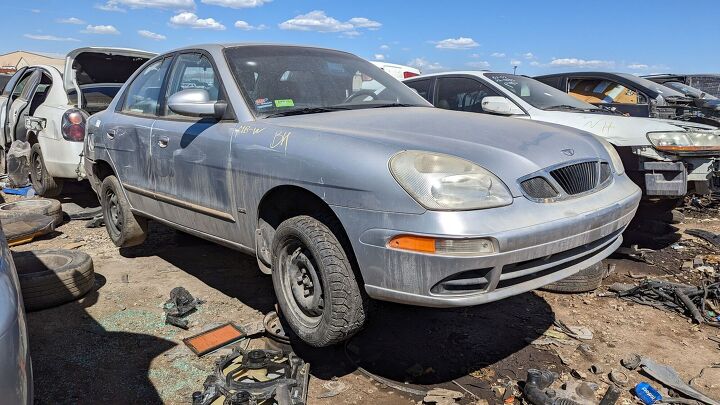
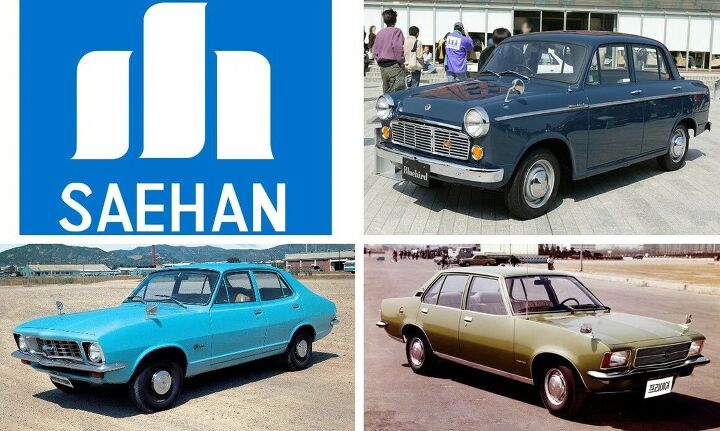
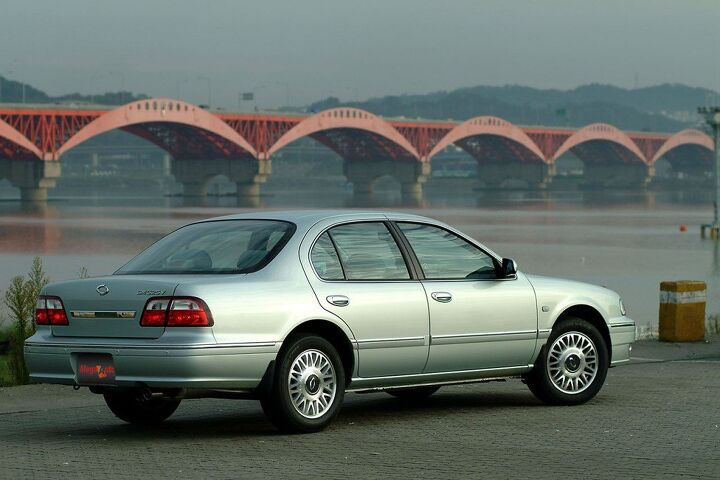
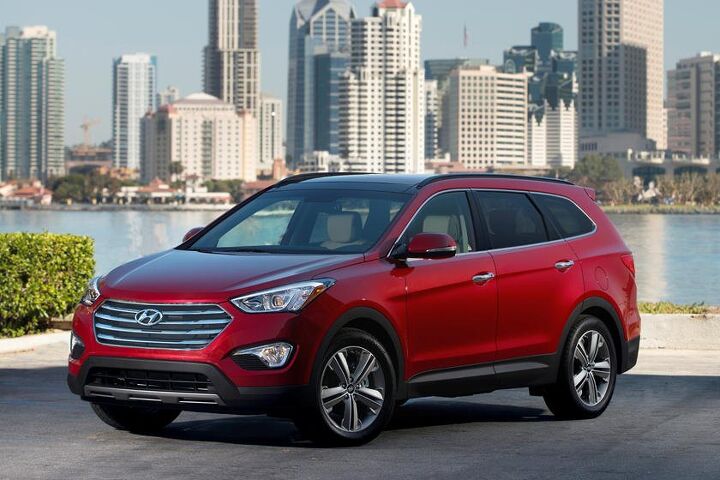
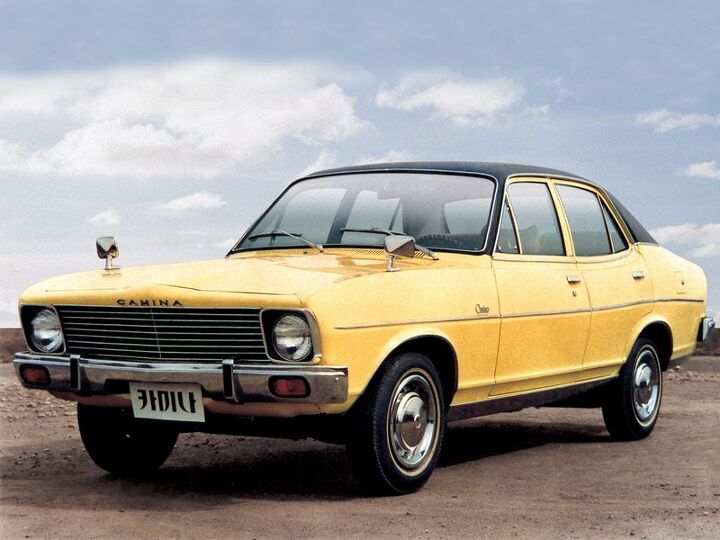

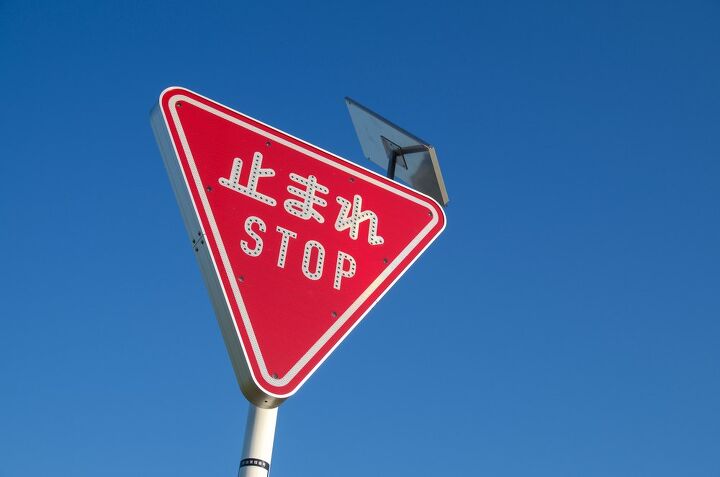
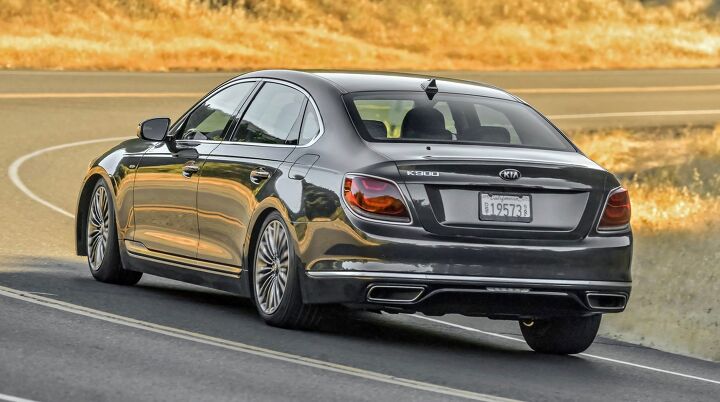


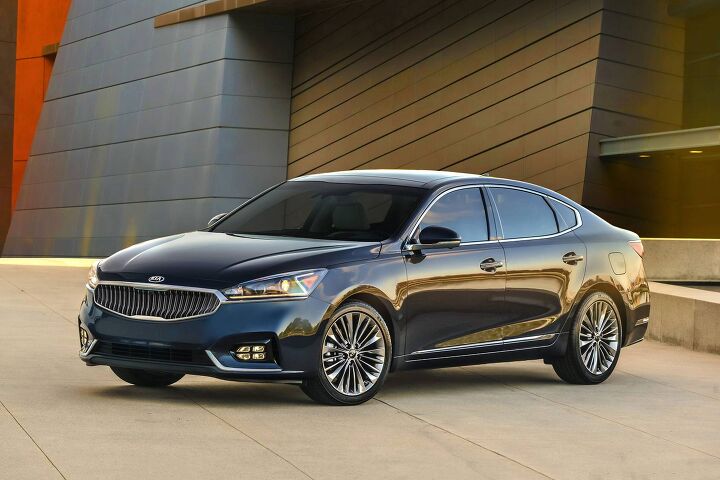
















Recent Comments